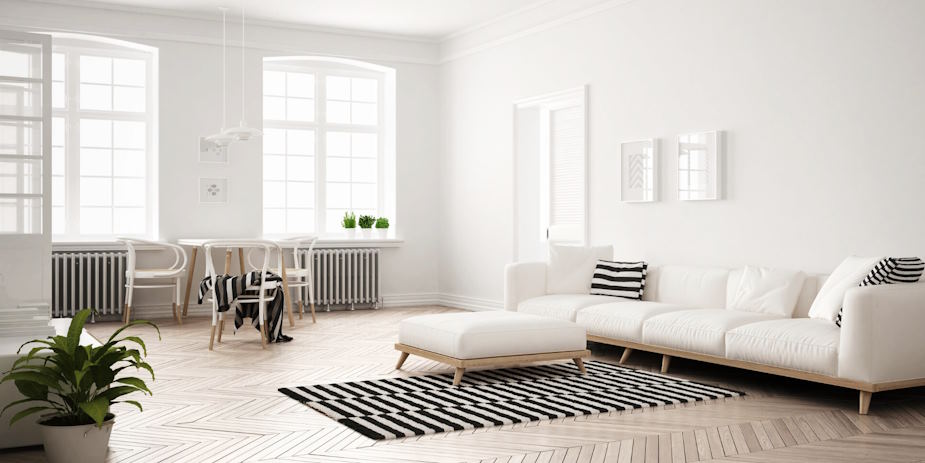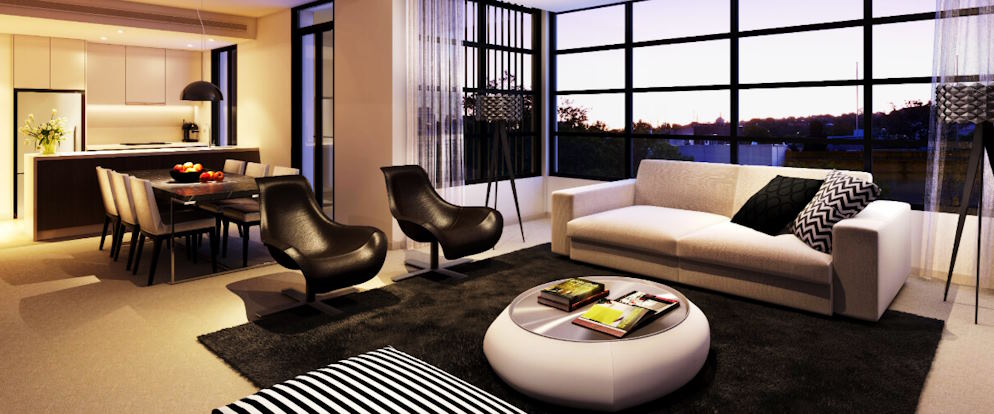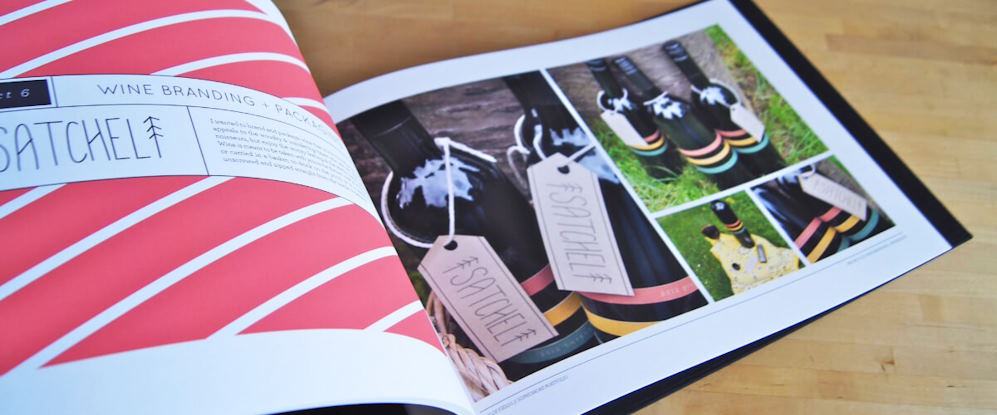Over the past several years, certain interior design styles have risen to prominence, captivating homeowners and designers alike with their unique blend of functionality, beauty, and personality.
What styles do people prefer?
Modern Minimalism
This style centers on simplicity, clean lines, and a monochromatic palette. It highlights open spaces, functional furniture, and abundant natural light. This style usually incorporates neutral colors with occasional bold accents, creating a decluttered environment that fosters a sense of calm and order.
Scandinavian
Drawing from the essence of Nordic design, Scandinavian interiors exude simplicity and functionality. They embrace light colors, natural materials, and a welcoming ambiance. Signature elements include wooden furniture, pristine white walls, and the artful interplay of textiles and lighting, crafting a space of cozy warmth and comfort.
Bohemian (Boho)
The bohemian style embraces a carefree, eclectic approach with a mix of vibrant colors, patterns, and textures. This style often incorporates elements from various cultures and eras, featuring vintage furniture, handmade items, and a plethora of plants to create a lively, personalized space.

Mid-Century Modern
Mid-century modern design, rooted in the mid-20th century, emphasizes clean lines, organic curves, and a mix of materials. Furniture often features tapered legs and sleek silhouettes, with bold, retro-inspired colors and patterns adding character to the space.
Japandi
Japandi style, a blend of Japanese and Scandinavian design, merges the minimalist aesthetics of both cultures. It emphasizes simplicity, functionality, and natural materials, often showcasing muted colors, clean lines, and a harmonious balance between form and function.
Contemporary
Contemporary design is ever-evolving, reflecting current trends and technologies. It features clean lines, neutral colors with bold accents, and a focus on form and function. Contemporary interiors often incorporate innovative materials and smart home technology, blending aesthetics with practical living.
Industrial
Industrial design finds its muse in the raw, utilitarian charm of factories and warehouses. It celebrates exposed brick, metal beams, and concrete floors, often accentuated by vintage or repurposed furniture. The resulting aesthetic is rugged yet effortlessly stylish, blending functionality with an urban edge that resonates with contemporary sensibilities.
These styles represent the diverse tastes and preferences of today’s homeowners, each providing distinct ways to create fascinating, functional, and personalized living spaces.






